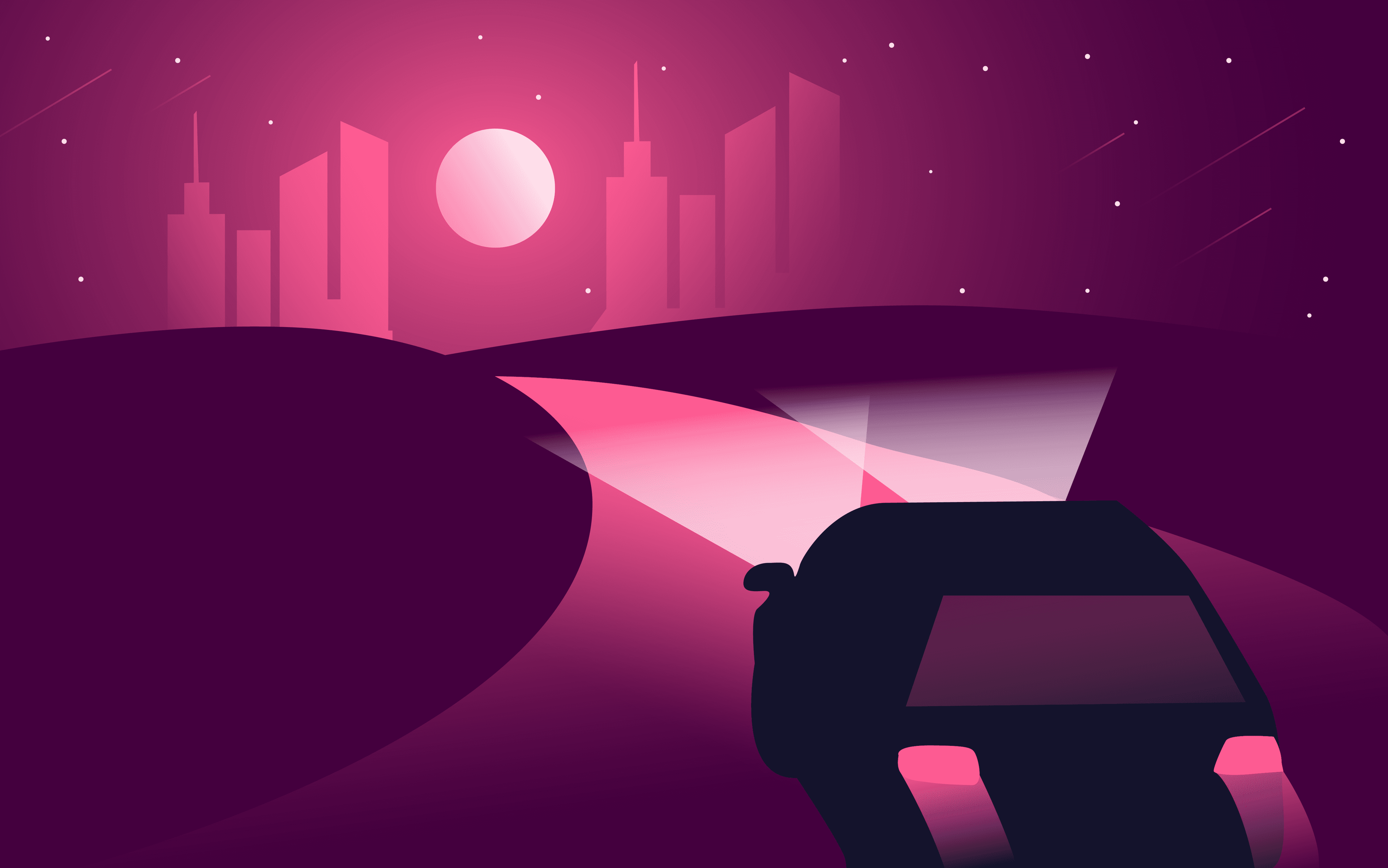Virtually all countries in the world have set legal limits on the maximum blood alcohol content allowed when driving a car (1). However, these limits vary. In some countries, no blood alcohol is permitted if you’re driving; in others, a BAC of up to 0.08 is allowed. A zero-tolerance policy is often in place for novice drivers and those learning to drive.
BAC limits are enforced by police, either through roadside breath testing or from blood samples. If you exceed the limit, you’re breaking the law. In certain jurisdictions, people who have repeatedly been caught with excessive BAC may have to use an alcohol interlock device before driving, which requires them to blow into a mouthpiece to start their vehicle and can prevent the engine from running if they’ve been drinking.
There’s a direct relationship between the amount of alcohol you drink and your BAC (3), but how quickly your BAC rises depends on who you are and, of course, how much and how quickly you’ve been drinking. The only reliable way to test your BAC is through a breath or blood test. Whatever the legal limit, the safest option is not to drive impaired.





